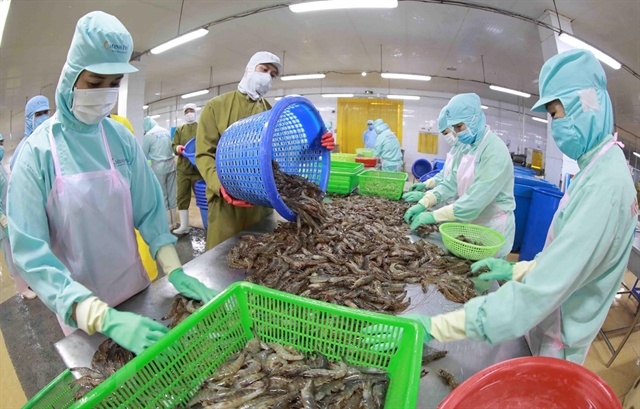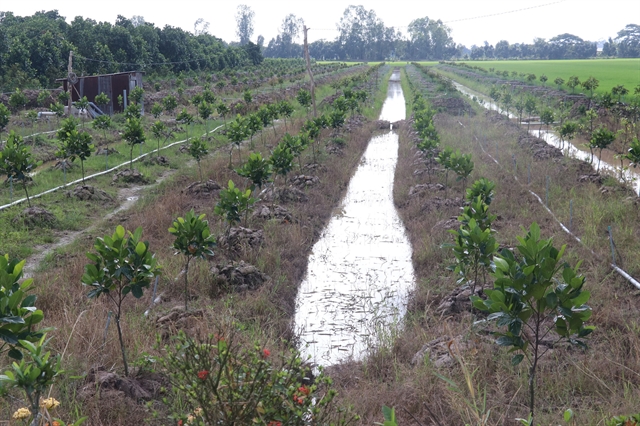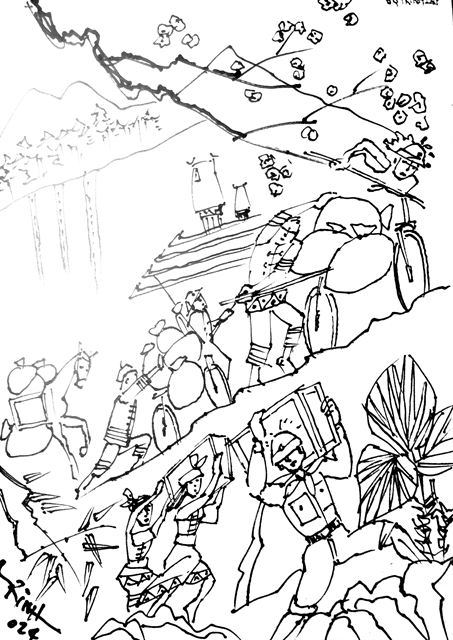 Talk Around Town
Talk Around Town
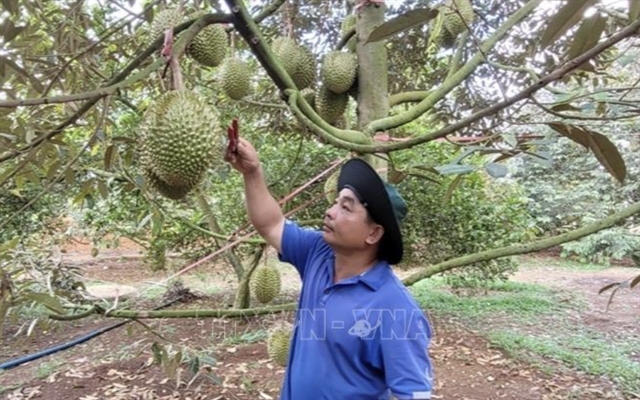
Typically lucky money is given in red, shiny envelopes with some Chinese characters printed on it, usually imported from China. In recent years, however, there has been a shift towards a wide range of made-in-Việt Nam, customised envelopes, the outcome of creative, entrepreneurial talents of Vietnamese youth.
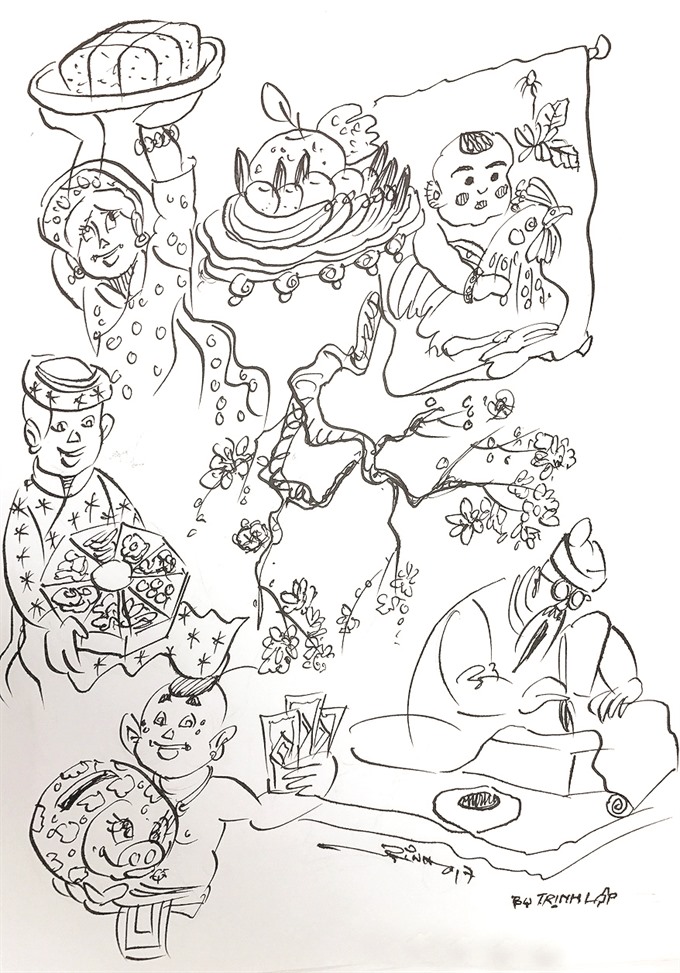 |
by Hồng Vân
Without exception, kids love festivals. And Vietnamese kids are no exception.
And without exception, their favourite festival is Tết, the Vietnamese Lunar New Year, which is coming soon.
A key reason for this festival being their favourite is "lucky money". As in several other Asian cultures, offering lucky money is a prosperous custom, a way to send sincere wishes and share blessings.
Typically lucky money is given in red, shiny envelopes with some Chinese characters printed on it, usually imported from China. In recent years, however, there has been a shift towards a wide range of made-in-Việt Nam, customised envelopes, the outcome of creative, entrepreneurial talents of Vietnamese youth.
Đỗ Hà Linh, a 24-year-old Hà Nội resident, recently ordered dozens of customised envelopes and cards.
“Offering lucky money on Tết is a family tradition. It is a way to show our sincerity and care for those who we give it to. So I am very meticulous in choosing the envelopes that we give it in,” said Linh.
“And considering health issues and environment problems, as well as product design, I will certainly choose made-in-Việt Nam paper envelopes,” said Linh
“These customized envelopes are very eye-catching, unique and genuinely Vietnamese, so it is okay that their prices are a bit higher than imported ones.”
The materials used for making these envelopes vary. Kraft paper is widely used for its eco-friendliness, and there are wooden card with delicate carvings of flowers. Since the upcoming Tết is the Year of the Rooster, the fowl’s image is likely to be featured on many envelopes and cards. Then there are vintage-style designs that use the kraft paper as background to additional decorations.
Besides the rooster, images of the traditional paintings bearing iconic images of bánh chưng (square sticky rice cake), peach blossoms and fireworks are popular. These images are likely to stir nostalgic memories of traditional Tết celebrations.
I am happy that these impressively designed and decorated envelopes are not difficult to find this year. I am happier to see individual students and groups of students making and selling them. Souvenir shops popular among teens, like FairyCorner, Giftshop and Blueangel are selling the eye-catching envelopes, cards and Tết-themed bookmarks.
Nguyễn Bá Thiệu, a student from Bình Dương Province in the south, started making the designer envelopes last year.
“When I saw more people buying them, I started making them. On the one hand, it gives me extra income. On the other, it helps me to satisfy a passion for making handmade stuff. I design and make the decorations for each envelope batch by myself,” said Thiệu.
Thiệu also uses kraft, a type of recycled paper, for his envelopes. For this year, Thiệu has made just 10 designs.
“Few but unique,” he said, adding, “there is cultural story about the customs of Tết celebration behind these little envelopes.
“It is a Vietnamese custom that on the final day of the lunar year, people cook square sticky rice cake which takes more than 10 hours. The whole family gathering around the burning stove, the eagerness on kids’ faces…, these are images that come to mind when one mentions Tết. They are images that capture close family bonds, which is a beautiful culture of Việt Nam.
“Yet, some people, for different reasons, fail to be present at home on these moments. “Therefore, my design is like a reminder for people who appreciate valuable moments with family.”
Thiệu is among many young people who are passionate about the made-in-Việt Nam envelope project.
“If we are meticulous and passionate about handmade products, not to mention traditional Vietnamese customs, we can take advantage of the current demand for homemade, good quality envelopes,” said Nguyễn Trâm Anh, 28, of Hà Nội. Anh began making and selling the lucky money envelopes this year.
“Customers are willing to pay a bit more for the envelopes, if the beautiful and meaningful design and decoration matches their needs,” said Trần Thị Xuân, a souvenir shop owner.
Xuân said she sold both Vietnamese and Chinese envelopes, but Vietnamese ones were selling better, about two weeks away from Tết.
Xuân said the made-in-China envelopes that she imported were similar in colour (red), material (plastic paper) and has general messages like Happy New Year or wishes in Chinese characters that mean Talent or Blessings, but those made in the country were more colourful and had a wider variety of designs.
Another feature that is likely to attract buyers is that the many made-in-Việt Nam envelopes have funny and catchy phrases popular among the youth. “I bet they would love it very much,” said Linh.
With many leaders and experts exhorting "Buy Việt Nam first", buying homemade envelopes would signal an auspicious start for the Vietnamese economy, towards greater self-reliance. — VNS



